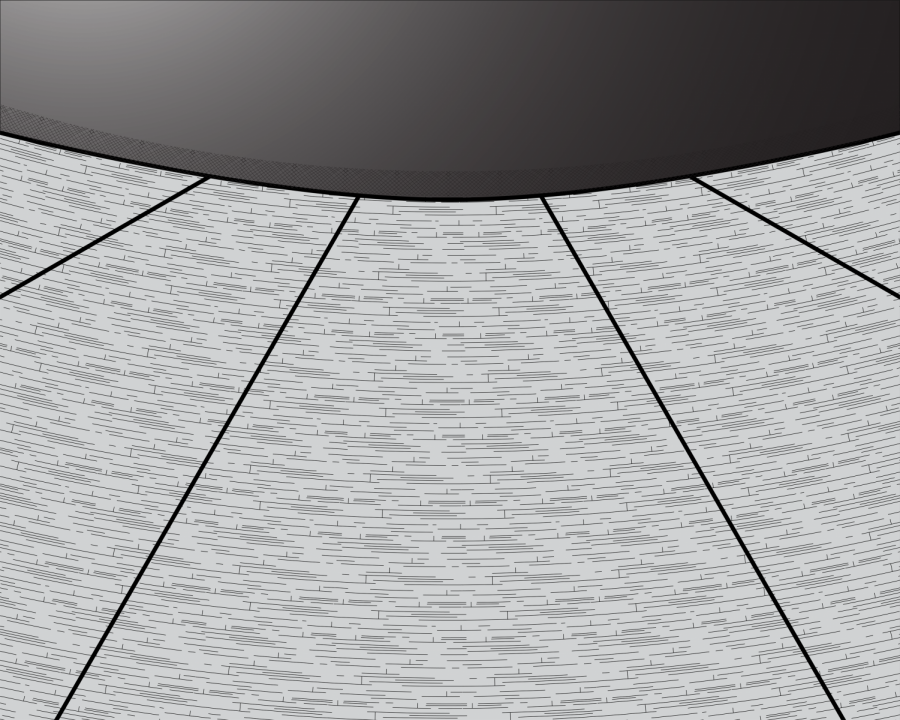The fall of the Berlin Wall: thirty years later
November 14, 2019
On Nov. 9, 1989, change came. The day symbolized freedom from the barriers of the Berlin Wall for East and West Germans. It meant reunification of Germans as a whole, but also for family and friends who had not seen each other since the Wall went up in August of 1961. The day brought hope — for the end of Soviet rule in the region, for the new beginnings of a united Germany. The Berlin Wall still holds these same meanings today, but also takes on an entirely new significance and history. Last Saturday marked the thirtieth anniversary of the fall of the Berlin Wall, which prompts the question — what has changed, what has not and what needs to?
Thirty years after the fall of the Berlin Wall, the Wall still affects those who were forced to look at it every day as they walked out of their houses or glanced out of their windows. But the symbolism of the Wall and its history has become a big part of Germany’s youth culture, who, while not having lived through its rise and fall, were nonetheless deeply affected by the experiences of their parents and grandparents.
History does not stay in the past. It lingers in the present and can help to predict the future. And for youths like Franz Hildebrandt-Harangozó and Antonia Hildebrandt, the separation of East Germany and West Germany as a result of the Berlin Wall is history that is still overwhelmingly prevalent today. In the recently-released DW documentary “The Berlin Wall, Our Family, and Us”, siblings Franz and Antonia investigate the division between East Germany and West Germany today in lieu of a physical barrier. Their findings illuminate the difficulty of the systems of both East and West Germany to combine after the Wall fell even thirty years later. One example of this is the reliance on coal-mining jobs in the East that is met with conflict and environmental concerns from the West.
Yes, Franz and Antonia do acknowledge the political and economic issues between East and West Germany in an attempt to combine their differing systems. But it is important to note that they also recognize how well Germany meshes socially and culturally to celebrate their reunification thirty years after the fall. They introduce viewers to a Sunday tradition at Mauerpark in Berlin where thousands gather to enjoy music from local musicians, a flea market and artists who often use what is left of the Berlin Wall at this site as the canvas for their work. This weekly festival brings Germans from the east and west and tourists together to express their freedoms in a democratic system.
Germany as a whole has done much more to celebrate the fall of the Berlin Wall, especially with the mark of the thirty-year anniversary; a major part of the celebrations took place at the Brandenburg Gate, which was inaccessible to both regions of Berlin prior to the Wall’s collapse. Over the past week, the landmark has seen concerts, magnificent fireworks and notable art installations. USA Today took note of one installation, with “30,000 ribbons bearing the wishes, hopes and memories of Berliners . . . combined in a “freedom cloud” more than 150 yards long.” This “freedom cloud” is unlike a cloud in its tangibility. You can’t physically grasp a cloud, and they always seem to be out of reach. But what Germany is celebrating today — the fall of the Berlin wall — gives Germans both East and West a sense of hope, freedom, community — all of which are well within their grasp.





















